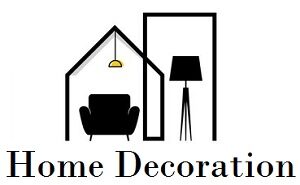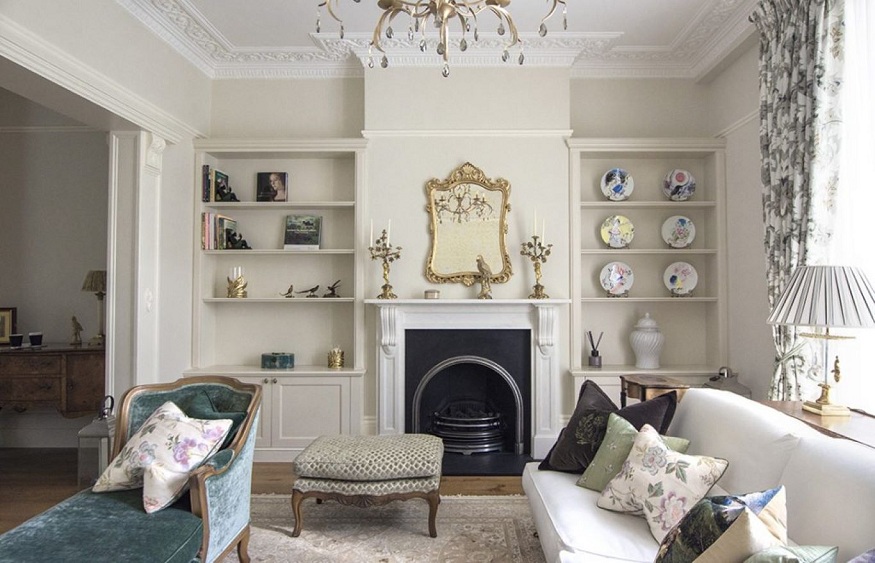The term “Victorian home decor” refers to an ornate and extravagant design style that was popular during the time period known as the Victorian era. A variety of architectural eras may be represented within a single space. For example, ornamental ironwork may be taken from Gothic revival architecture, and fleur-de-lis may be taken from mediaeval influences and used as ornamentation.
When it came to Victorian decorating, the idea that an undecorated or barren room indicated a lack of taste was combated by the heterogeneous nature of the design. This nature of the design helped combat the notion. As a result, these lavishly furnished Victorian rooms featured things like tapestries, patterned wallpaper, rich colours, flowers, and pictures and sketches that held sentimental value.
Here are some things to keep note of when incorporating a Victorian interior design in Singapore.
1. Colours
The earlier parts of the Victorian period were characterised by using darker tones such as burgundy, ruby red, forest green, navy blue, and rich brown. On the other hand, the later parts of the era were characterised by the use of brighter colours and pastels. Darker colours, which were essential during the time when most houses were heated by coal, are more closely associated with the era. In addition, darker colours hide the effects of smoke and ash better, so darker colours are more closely associated with the era.
2. Furniture
Unique furniture design did not come to dominate the era; rather, the period was characterised by an abundance of embellishments in furniture. Pieces of Victorian furniture, such as button-back recliners, chaise couches, and ottomans, were typically decoratively carved and over-stuffed.
3. Lighting
Lighting fittings and candles are particularly important components of this design style, particularly in communal areas such as eating rooms, living rooms, sitting rooms, and entryways. Not only were Tiffany lamps used as table or standing lamps during this time period, but the design was also widely used for wall lanterns, chandeliers, and other types of lighting that hung from the ceiling.
4. Home Decor
In Victorian interior design, accessories and embellishments are placed significantly and cover every surface they can access. Some examples include a gallery wall with framed pictures, displayed china, keepsakes, vases, and lacy doilies, the latter of which could be used on the backs of furniture, on tables, or on mantels. Other examples include displayed china, souvenirs, and vases. In addition, embroidered cushions were used to ornament couches, and palms and fronds were frequently used as houseplants displayed in pots. Another popular technique for adding colour to interior spaces was the use of stained glass.
5. Wall and Window Coverings
The windows were adorned with luxurious window decorations such as draperies lined with silk or wool and heavy drapes made of luxurious fabrics. Walls were typically covered with the deep, rich paint colours that were popular during that time, or they were covered with tapestries or wallpaper featuring vivid flower, leaf, or vine patterns. Walls were occasionally decorated to appear like they were finished with granite or wood grain in some instances.
6. Flooring
One of the most popular floor coverings during this period is wood, specifically parquet patterns. Mats, floor coverings similar to linoleum, carpeting (including broadloom, Venetian, and reversible), and tile floors with a repetitive geometric pattern in the centre were also popular kinds of flooring during this time period.

